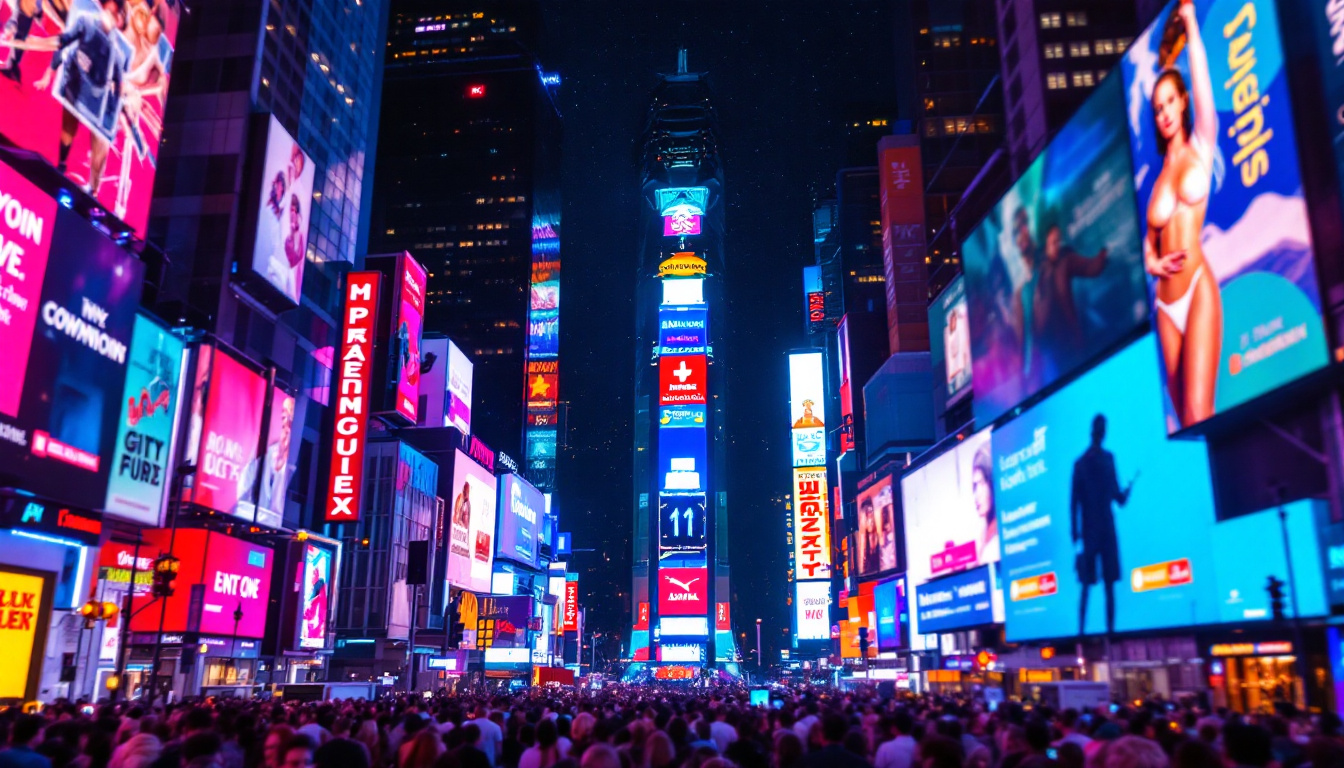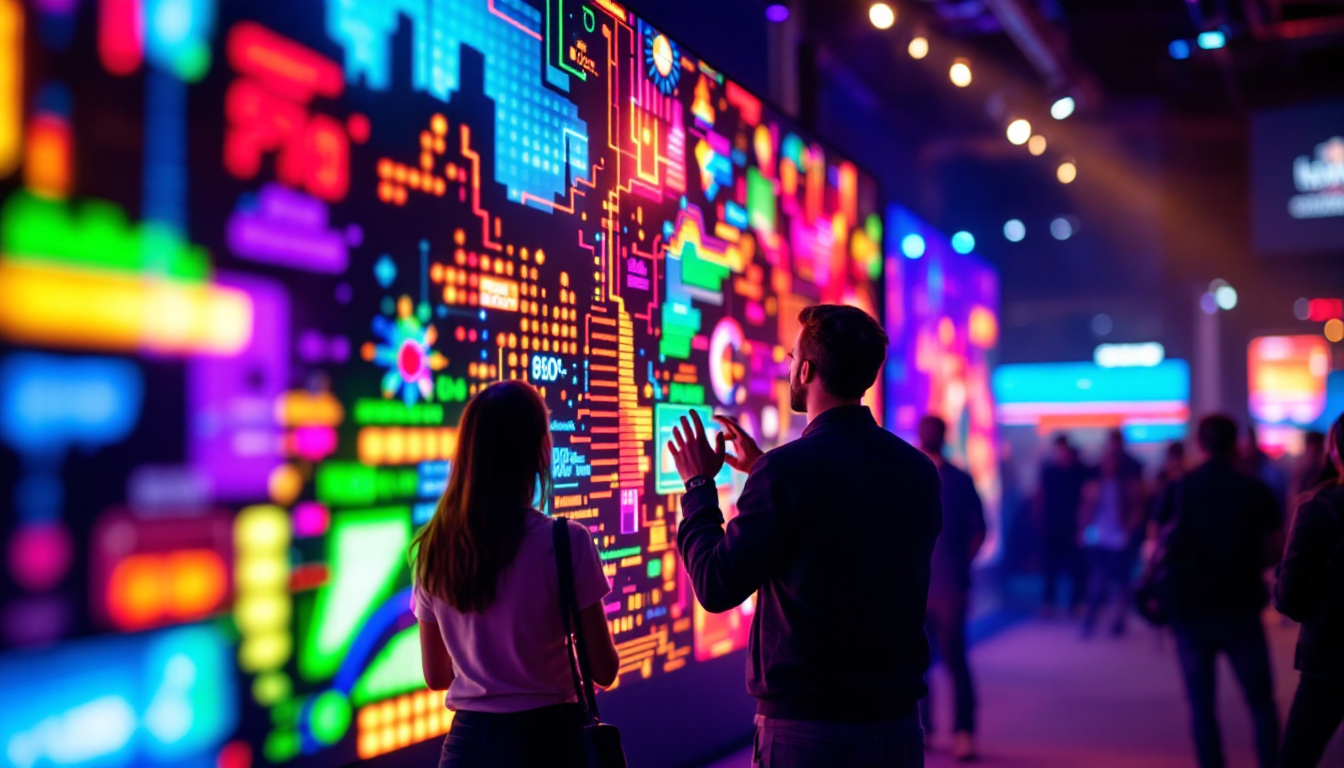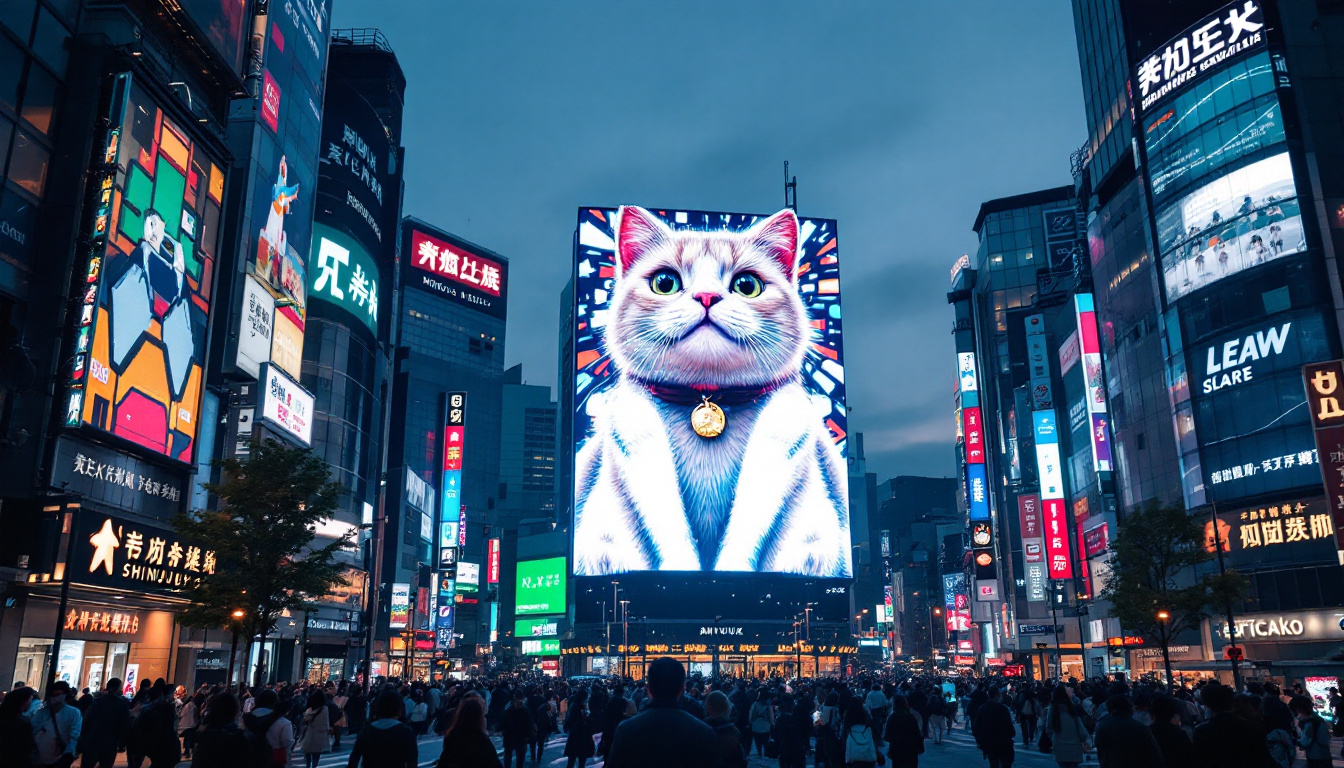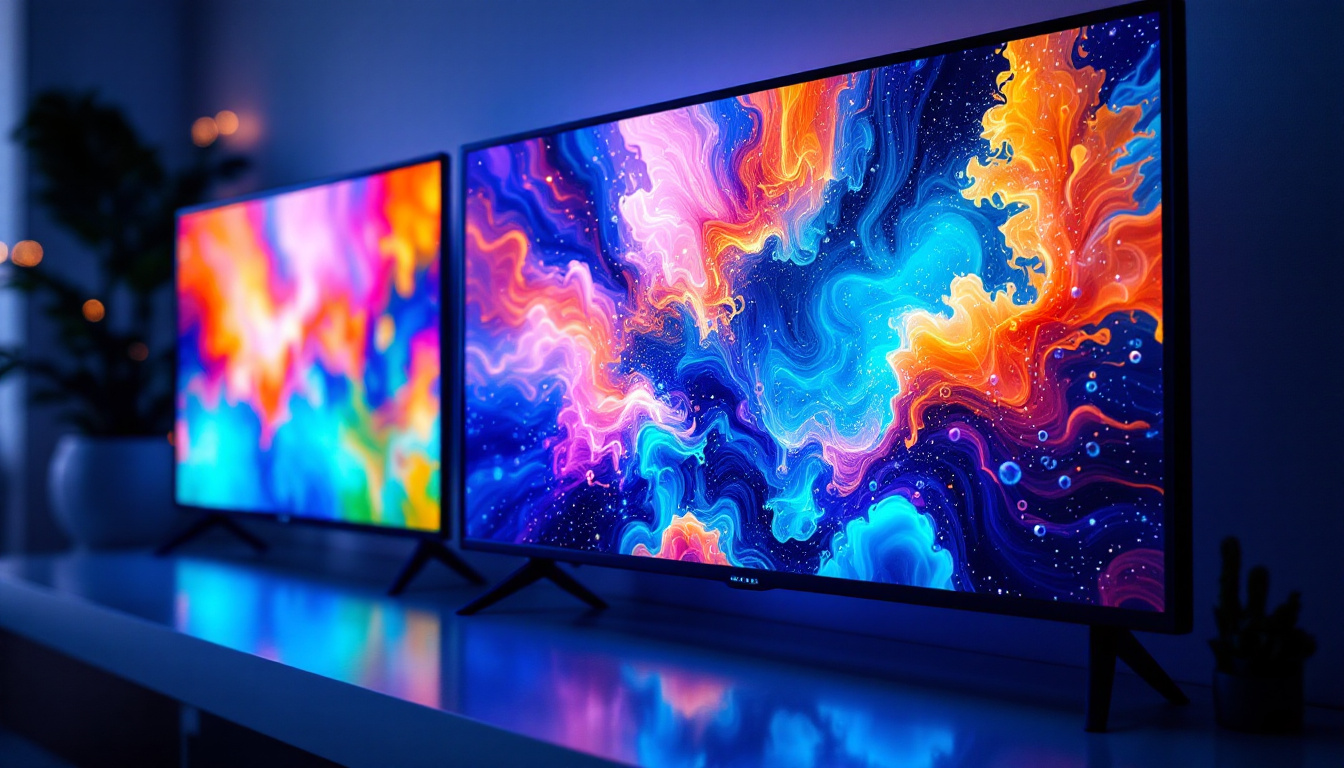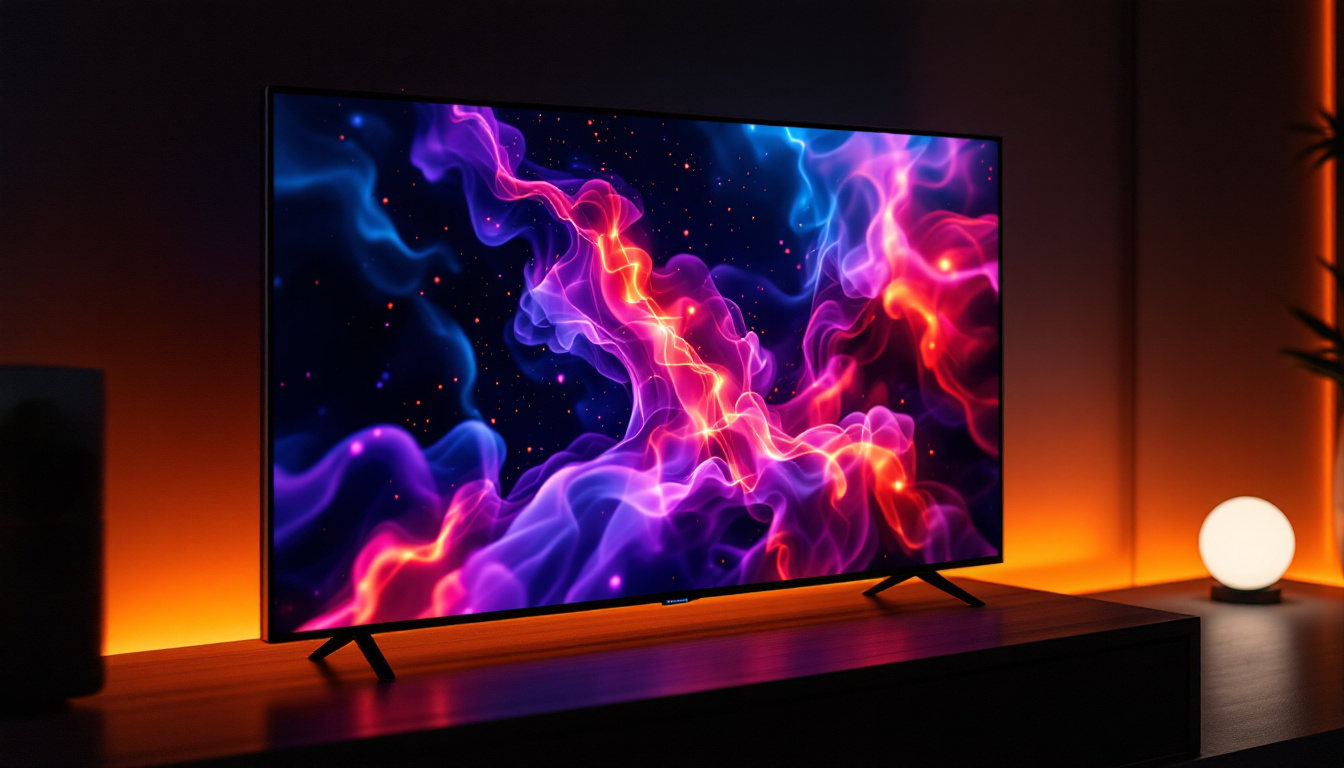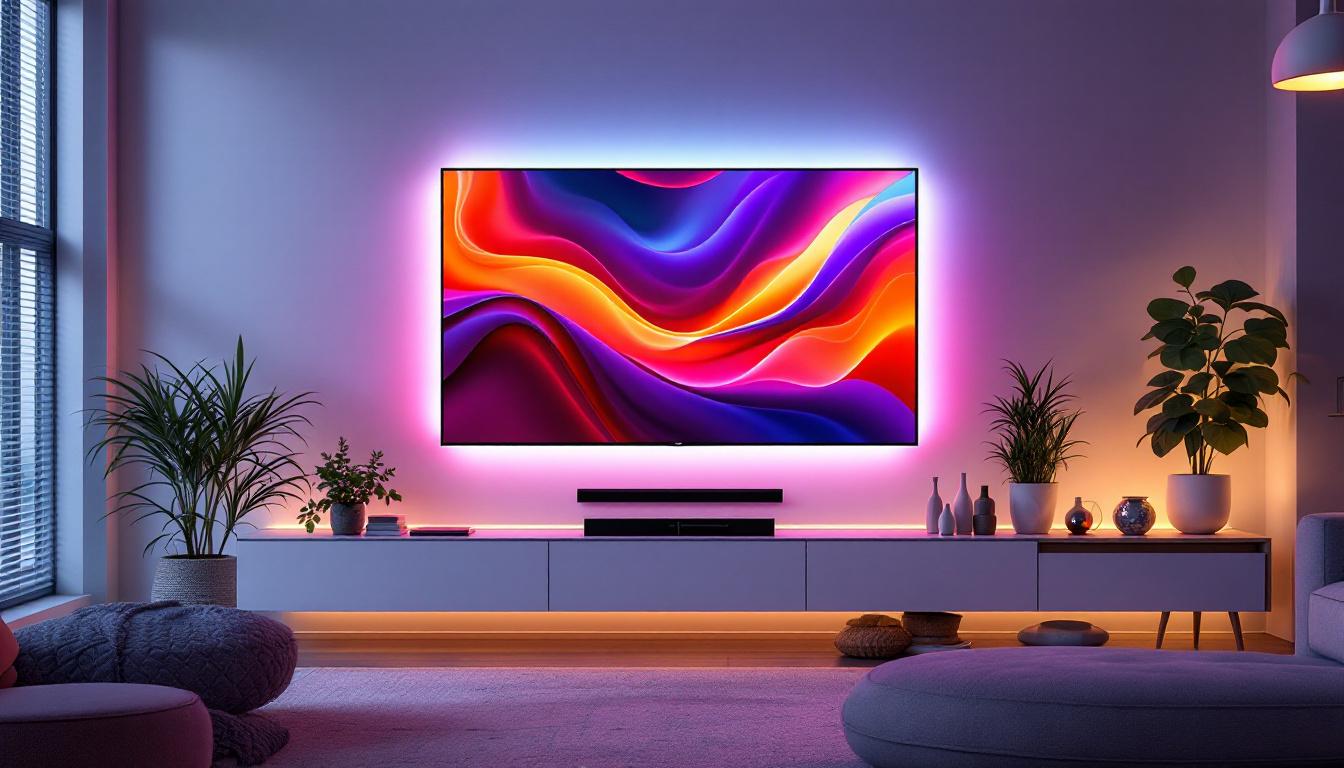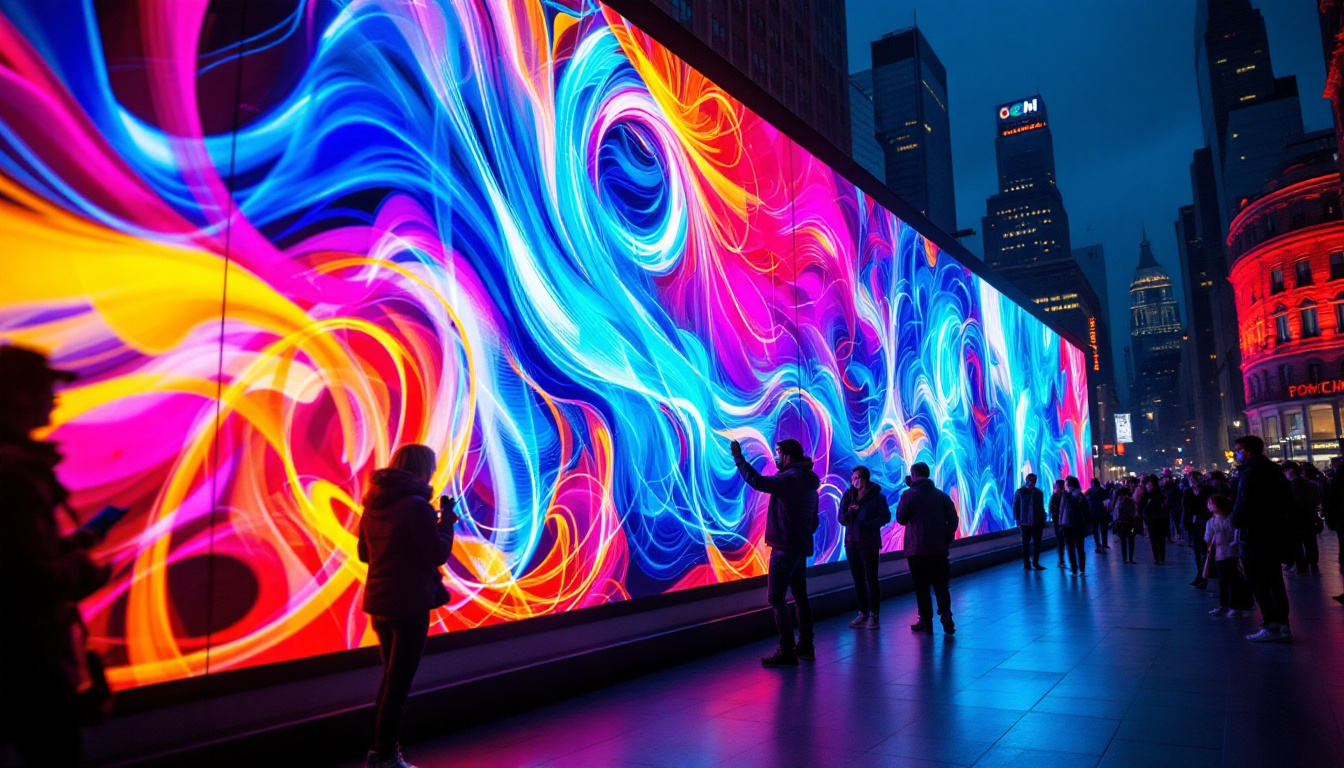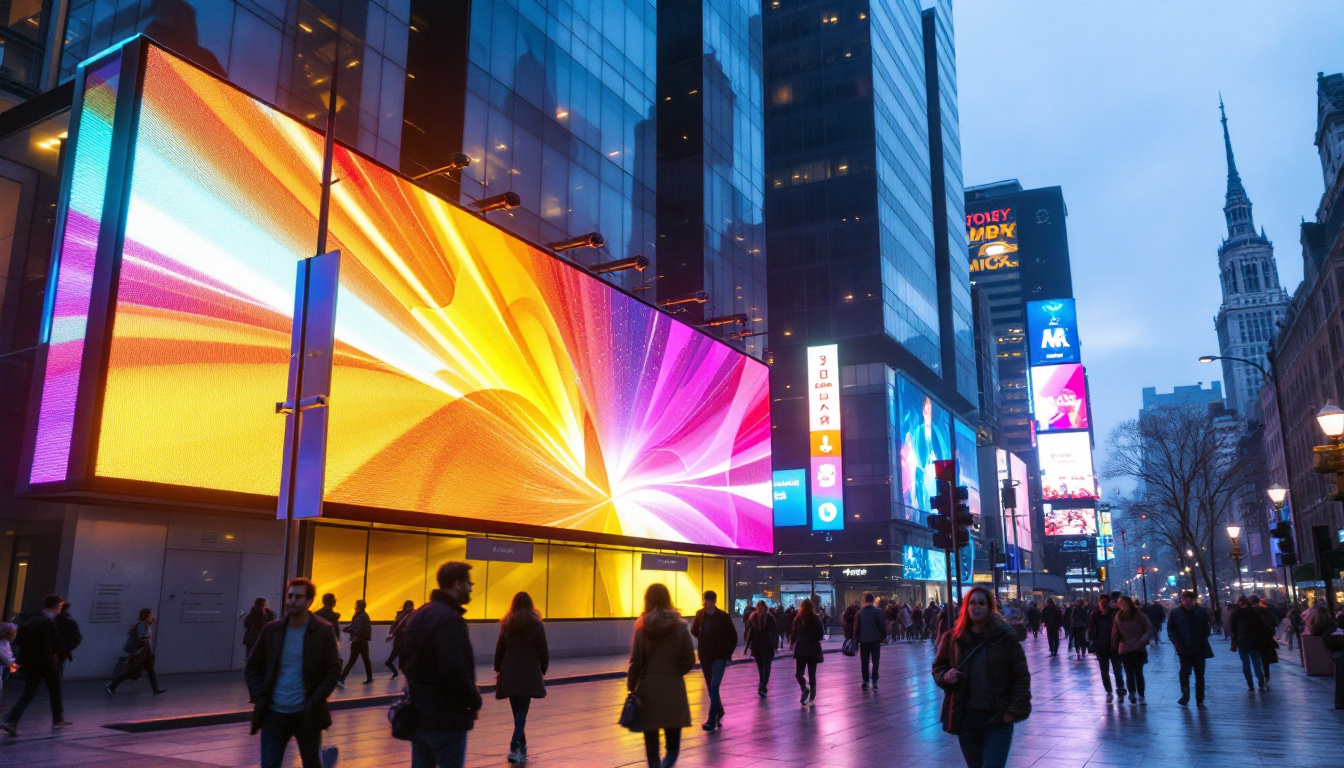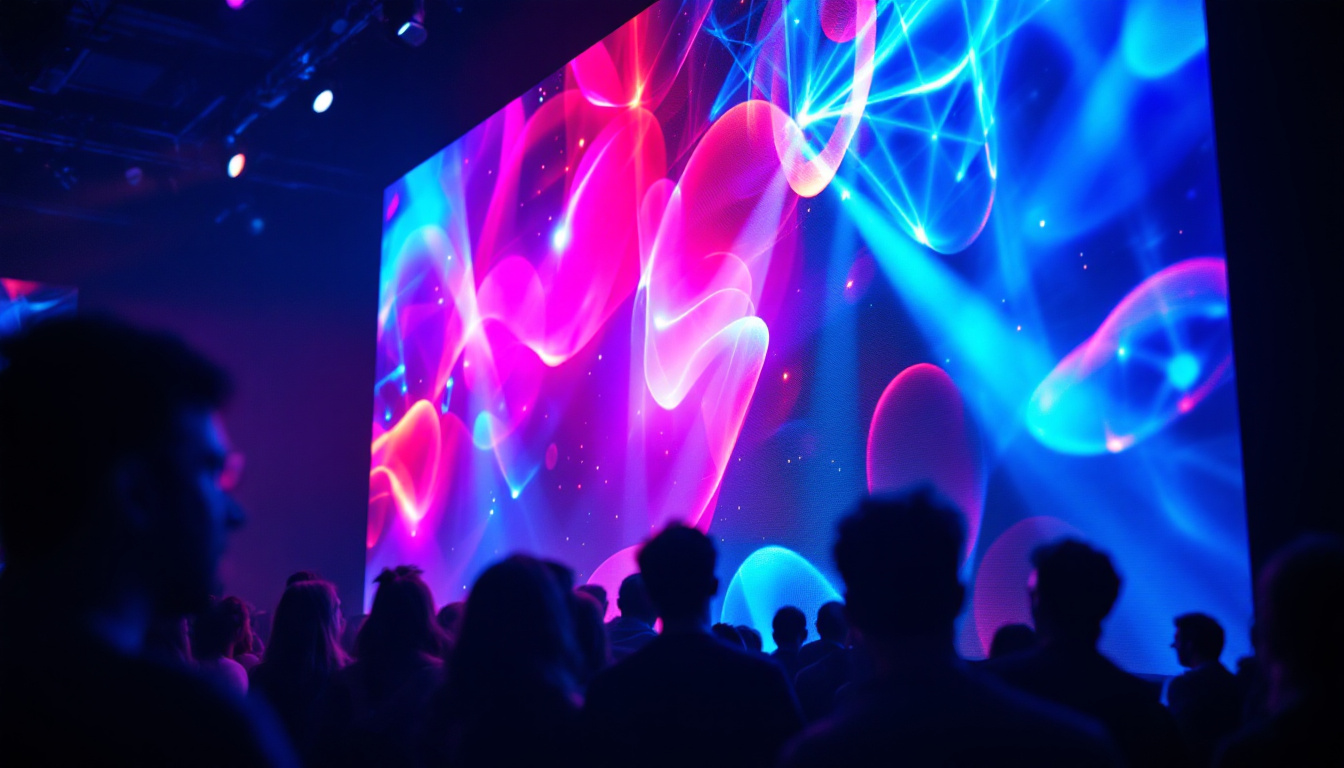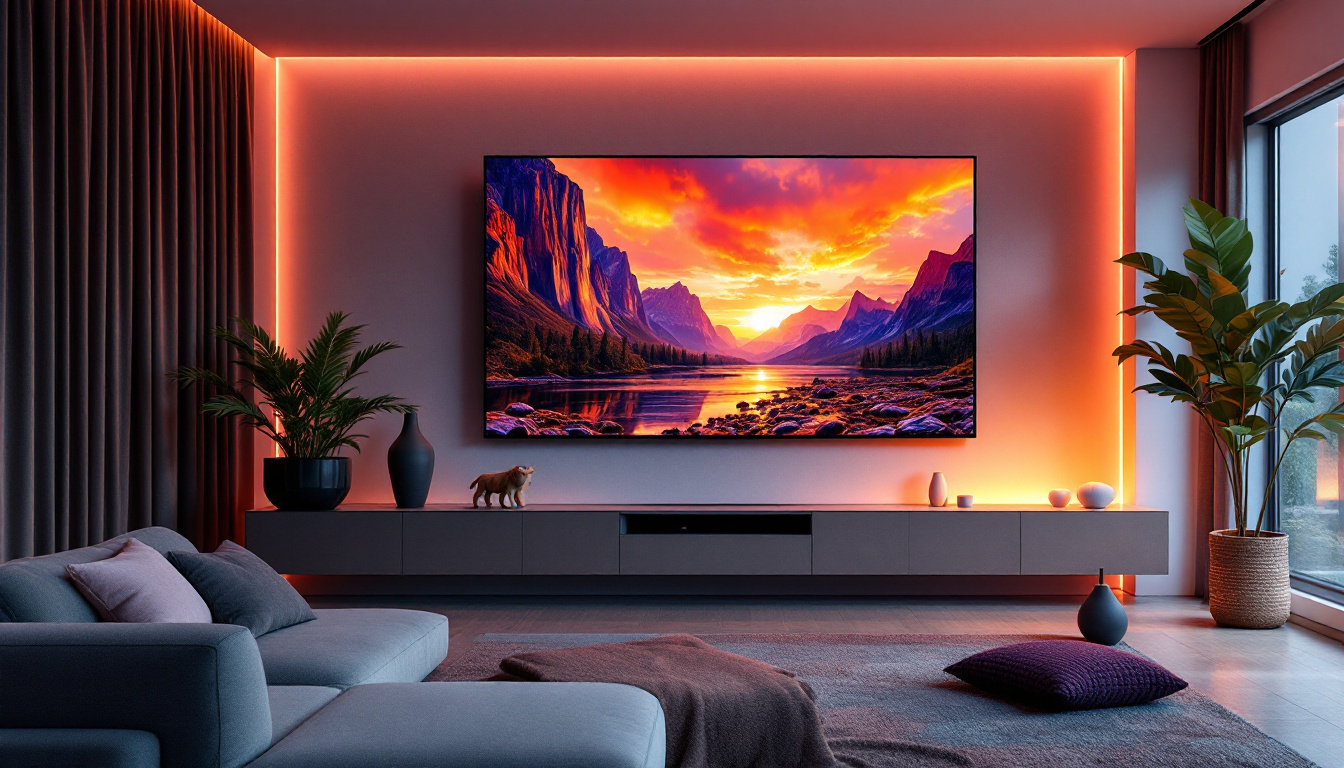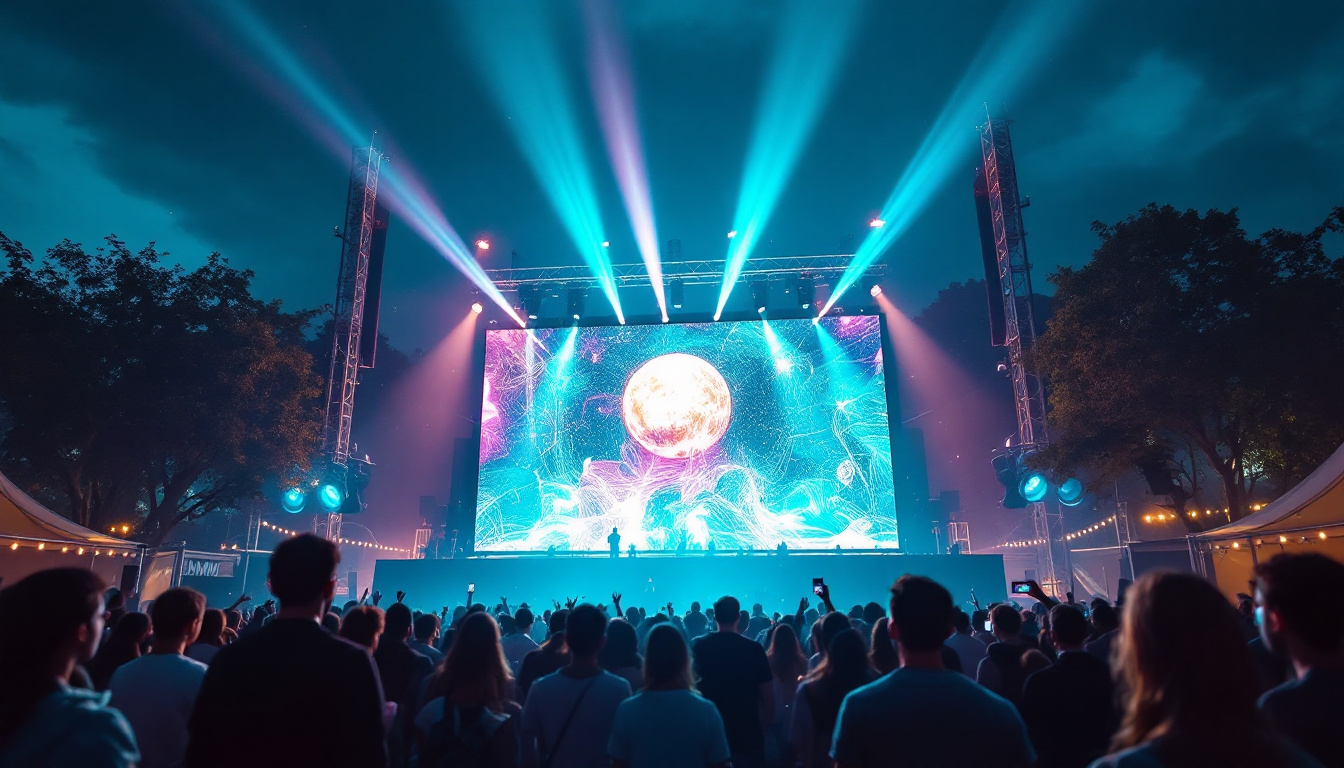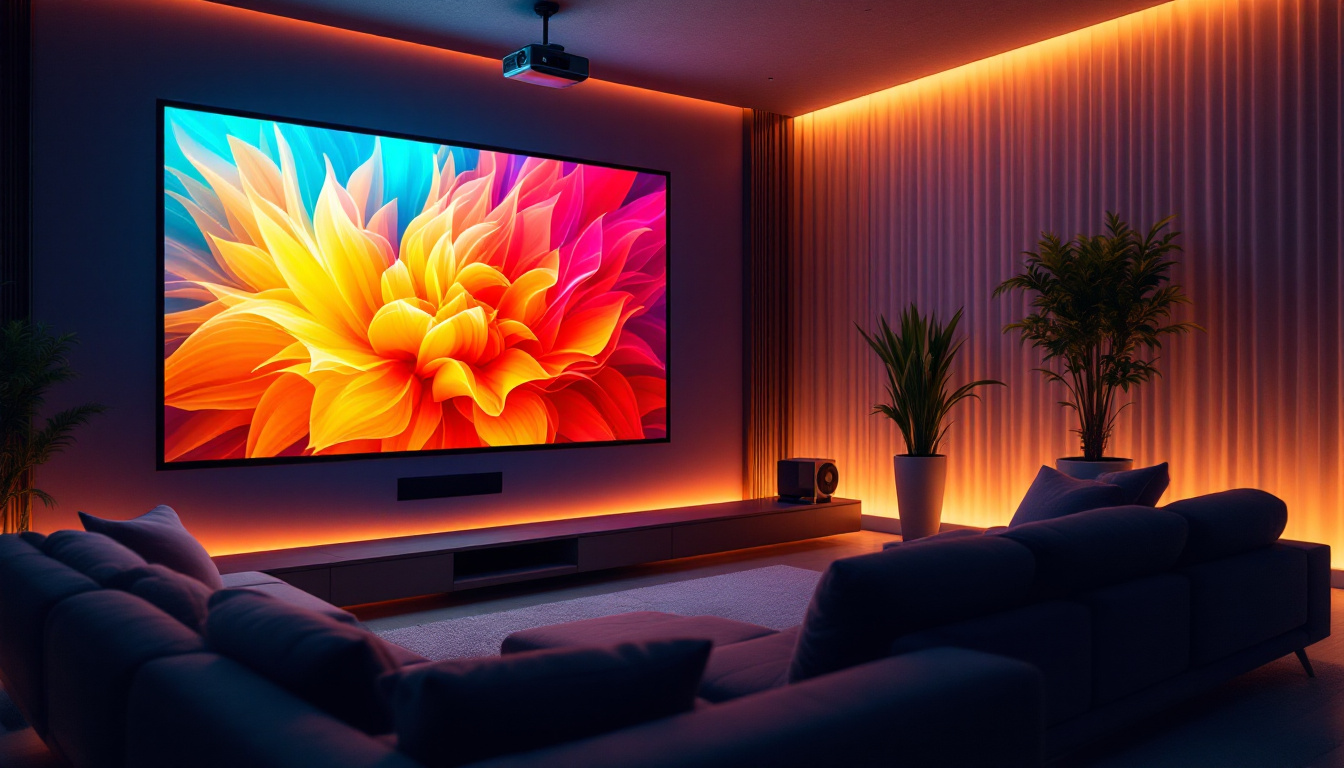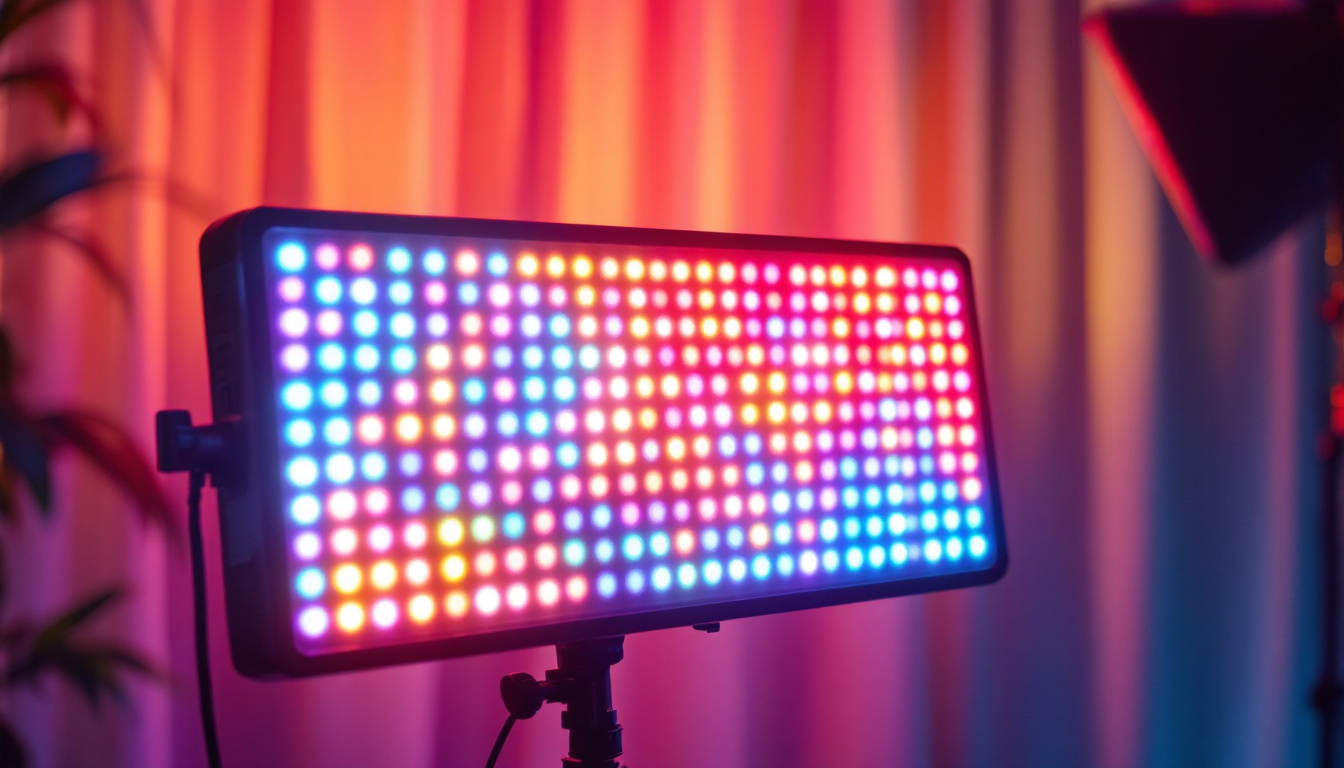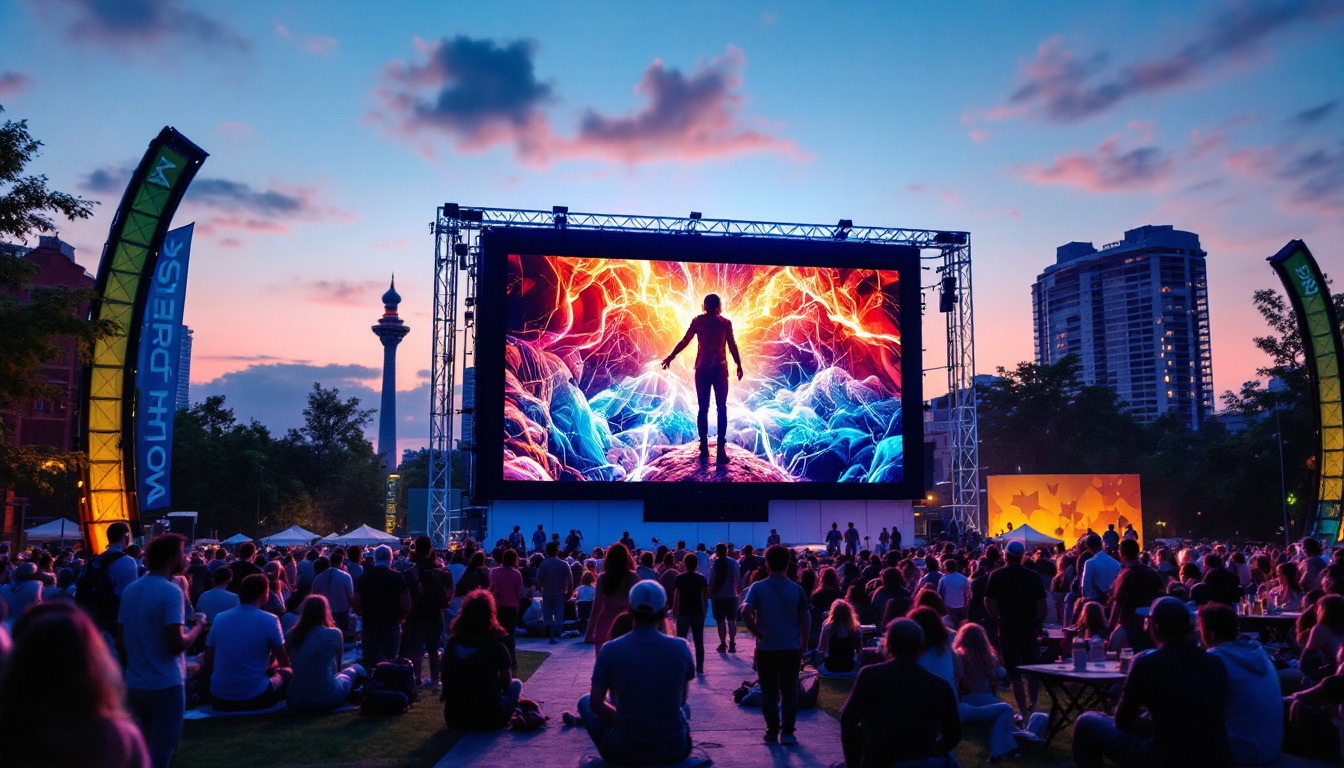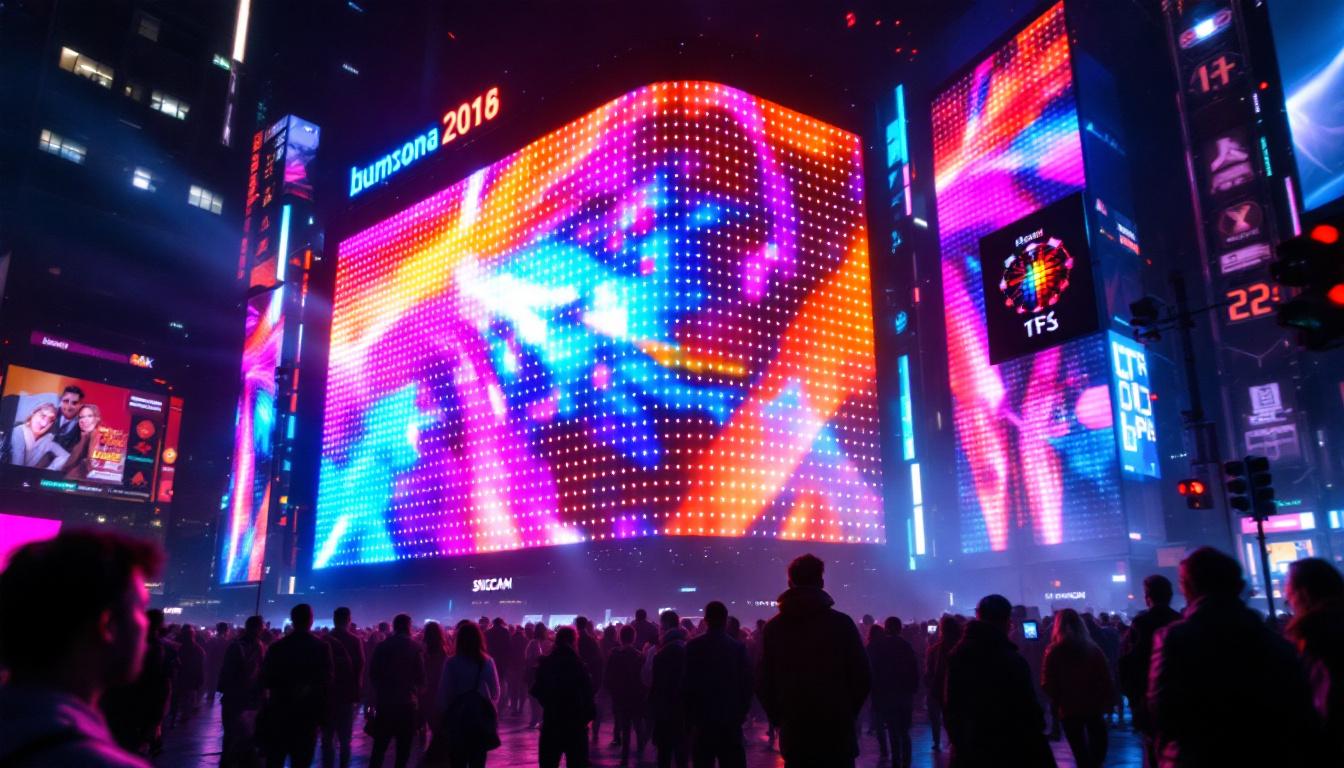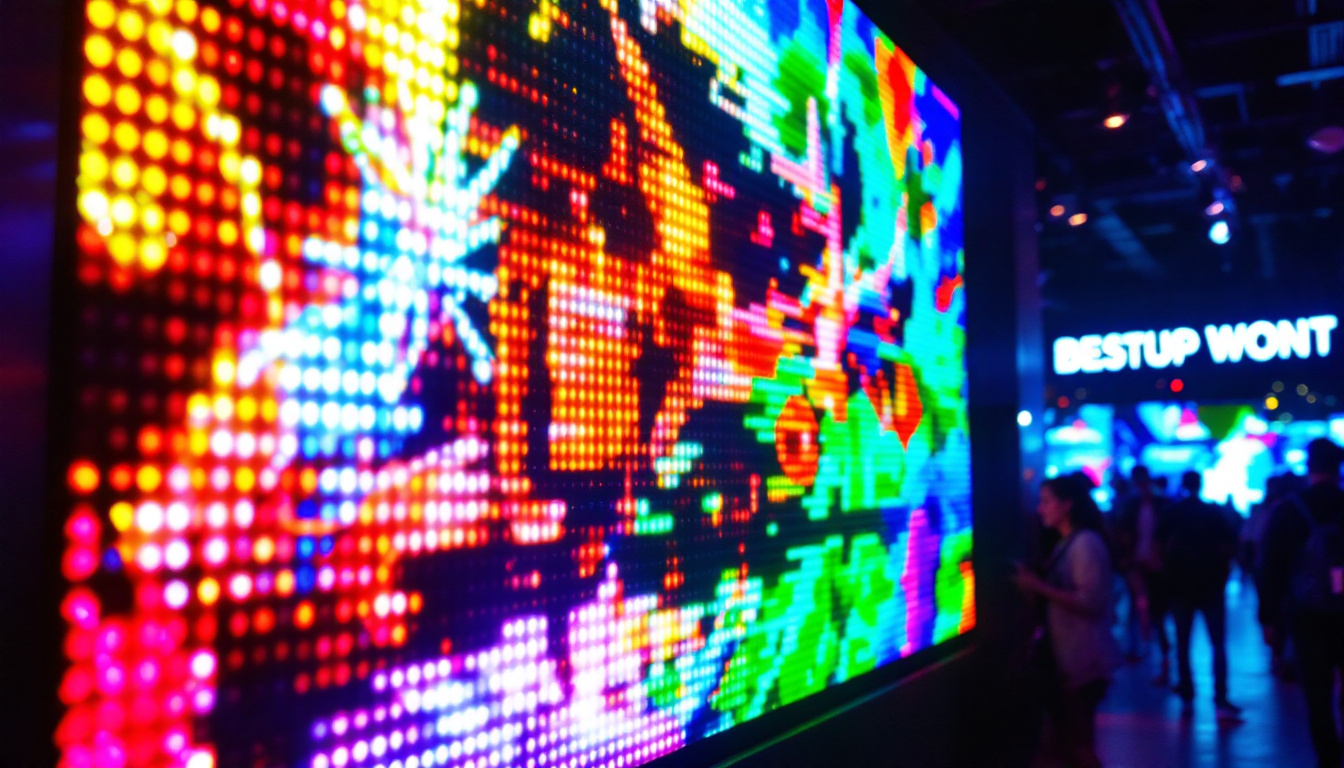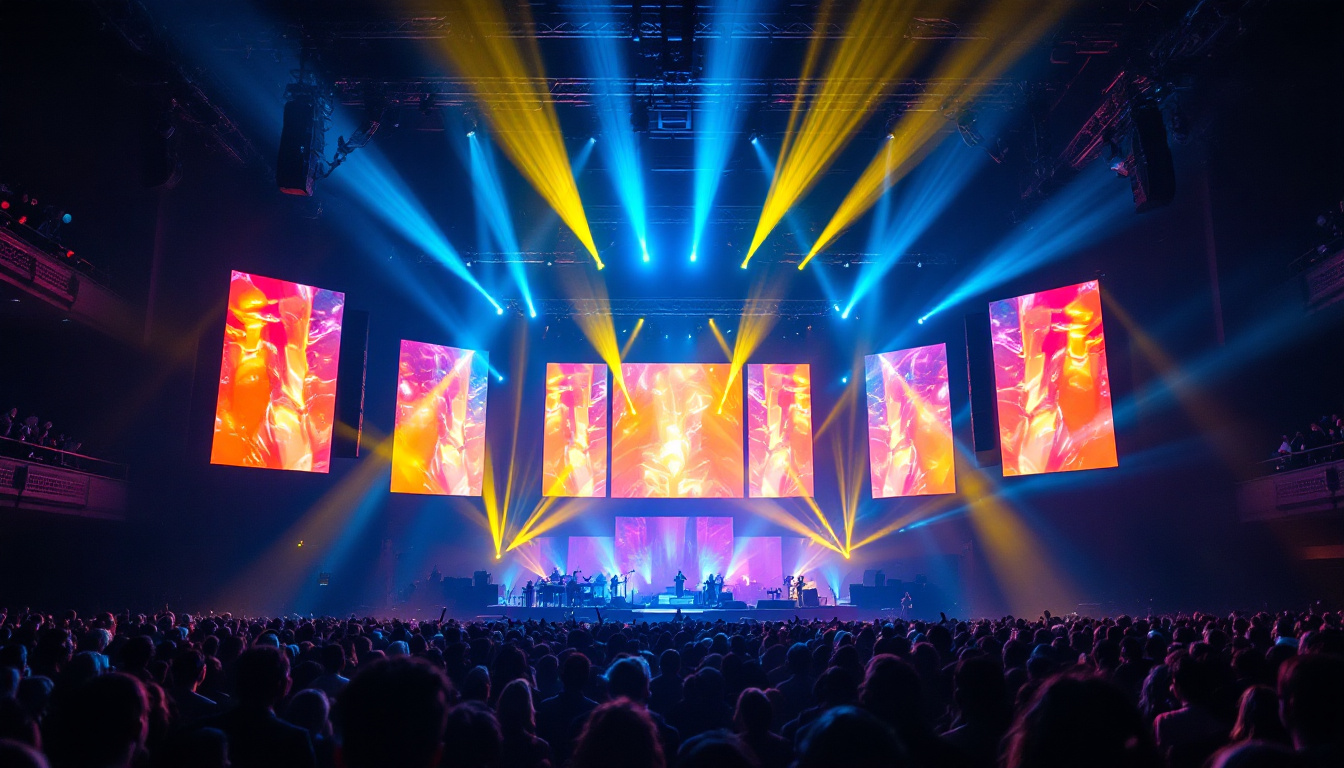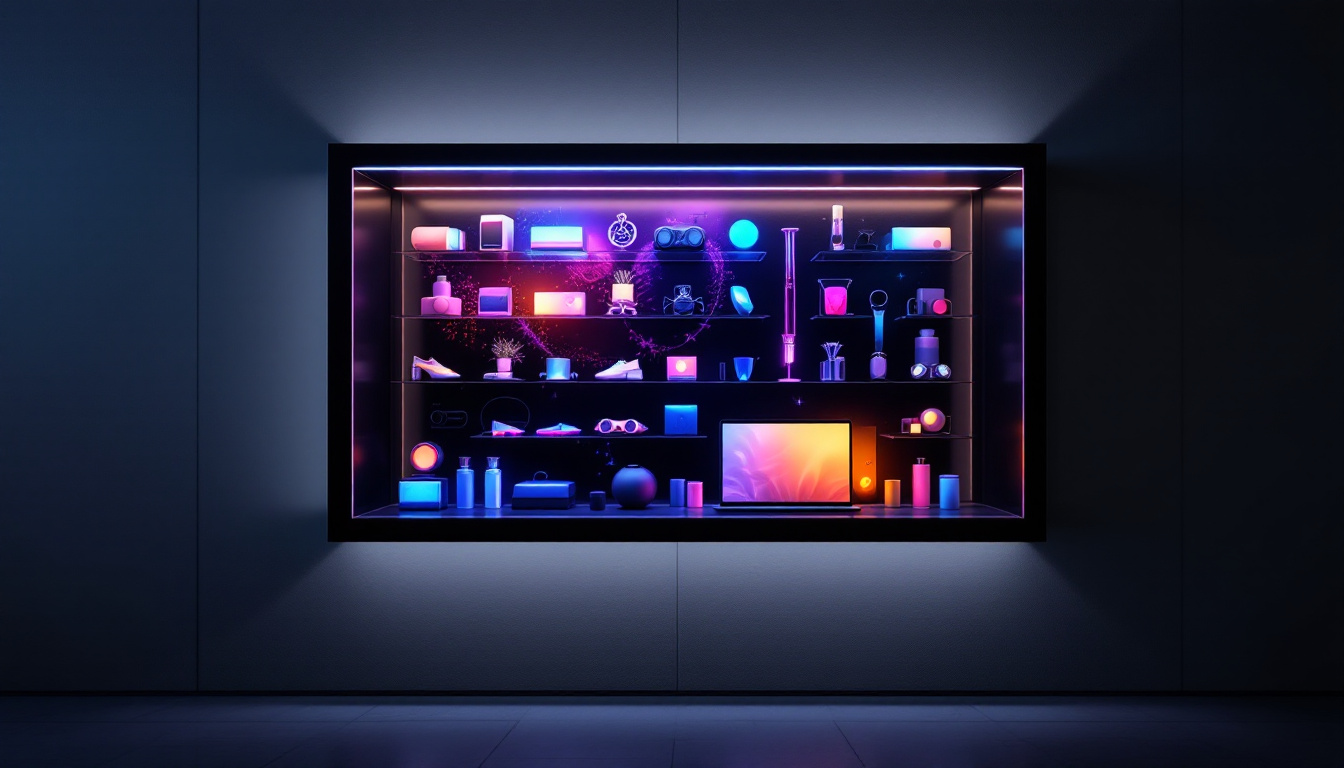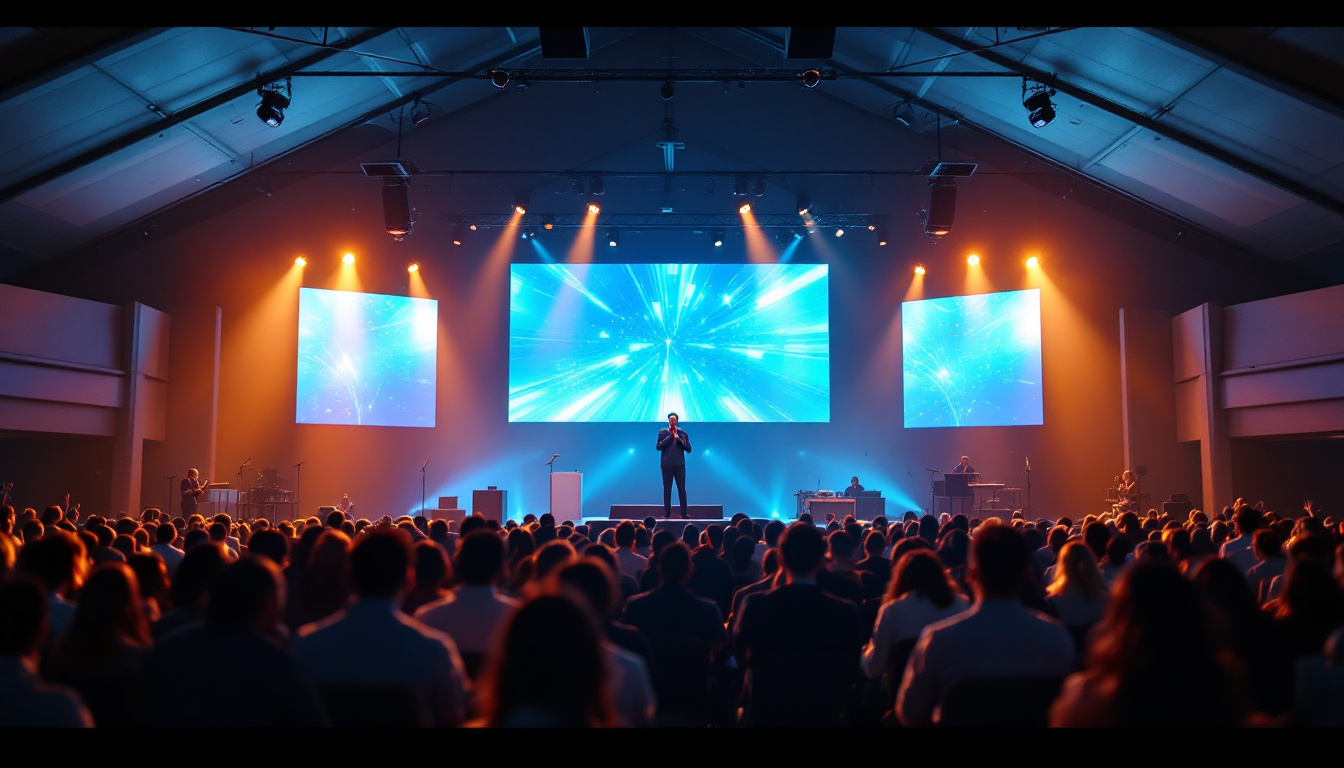Times Square, often referred to as “The Crossroads of the World,” is renowned for its vibrant atmosphere, bustling crowds, and, most notably, its stunning LED displays. These screens are not just advertisements; they are a significant part of the cultural and visual identity of New York City. This article delves into the intricacies of LED displays, particularly those found in Times Square, exploring their technology, impact, and future trends.
The Technology Behind LED Displays
What is an LED Display?
LED, or Light Emitting Diode, displays are a type of flat panel display that uses light-emitting diodes as pixels for a video display. Unlike traditional LCDs, which rely on backlighting, LED displays emit their own light, resulting in brighter images and more vibrant colors. This technology has revolutionized the way visual information is presented, particularly in high-traffic areas like Times Square. The clarity and brightness of LED displays make them particularly effective for capturing the attention of passersby, ensuring that advertisements and announcements are not only seen but also remembered.
The construction of an LED display involves a matrix of tiny LED lights, which can be individually controlled to produce a wide range of colors and brightness levels. This capability allows for dynamic content that can change rapidly, making it ideal for advertising and entertainment in a fast-paced environment. Furthermore, the longevity of LED technology means that these displays can operate for thousands of hours without significant degradation, making them a cost-effective solution for businesses looking to invest in eye-catching visual displays.
Types of LED Displays
There are several types of LED displays, each suited for different applications. The most common types found in Times Square include:
- Surface-Mounted Displays (SMD): These displays use surface-mounted technology to place the LEDs directly onto the circuit board. This allows for a thinner profile and greater flexibility in design. SMD displays are particularly popular for indoor environments where space is limited, as they can be seamlessly integrated into various architectural elements.
- Direct View LED Displays: These are large-scale displays that can be seen from a distance. They are typically used for outdoor advertising and can be extremely bright to counteract sunlight. The ability to customize the size and shape of these displays means they can be tailored to fit unique locations, ensuring maximum visibility and impact.
- Transparent LED Displays: These innovative displays allow for visibility through the screen, making them ideal for storefronts and other applications where maintaining a view is essential. They create a stunning visual effect, blending digital content with the physical environment, and are increasingly being used in modern retail spaces to enhance customer engagement.
How LED Displays Work
The operation of an LED display is based on a combination of hardware and software. The hardware consists of the LED matrix, control systems, and power supply, while the software is responsible for content management and display control. This intricate interplay ensures that the display can handle various types of media, from static images to high-definition videos.
When an image or video is sent to the display, the software processes the data and sends it to the control system. The control system then activates the appropriate LEDs in the matrix, creating the desired visual output. This process happens in milliseconds, allowing for seamless transitions and animations that captivate viewers. Additionally, many modern LED displays are equipped with sensors that adjust brightness based on ambient light conditions, ensuring optimal visibility at all times. This adaptability not only enhances the viewing experience but also contributes to energy efficiency, making LED displays a sustainable choice for businesses.
The Impact of LED Displays in Times Square
Cultural Significance
LED displays in Times Square are more than just advertising tools; they are a cultural phenomenon. The bright lights and dynamic content contribute to the unique atmosphere of the area, attracting millions of visitors each year. These displays serve as a canvas for artistic expression, showcasing everything from corporate advertisements to public service announcements and artistic installations.
Moreover, the iconic nature of these displays has made them a symbol of New York City itself. They represent the energy and vibrancy of urban life, drawing tourists and locals alike to experience the spectacle. Events such as New Year’s Eve celebrations are amplified by the presence of these screens, making them integral to the city’s identity. The displays often feature creative collaborations with artists and filmmakers, transforming the square into an open-air gallery that celebrates both commercial and artistic endeavors. This blend of art and commerce not only enhances the visual landscape but also fosters a sense of community among those who gather to witness these ever-changing displays.
Economic Impact
The economic implications of LED displays in Times Square are significant. Businesses invest heavily in advertising on these screens, knowing that the exposure can lead to increased foot traffic and sales. The high visibility of these displays means that companies can reach a large audience, making them a valuable marketing tool.
Furthermore, the presence of these displays contributes to the overall economy of the area. Increased tourism driven by the allure of Times Square generates revenue for local businesses, hotels, and restaurants, creating a ripple effect that benefits the entire city. In fact, studies have shown that businesses located near these LED displays often see a marked increase in customer engagement and sales, as the vibrant visuals capture the attention of passersby. This economic boost extends beyond just immediate sales; it also creates job opportunities in advertising, event planning, and hospitality, further solidifying Times Square’s role as a vital economic hub in New York City.
Environmental Considerations
While LED displays are generally more energy-efficient than traditional lighting systems, their environmental impact cannot be overlooked. The production and disposal of LED technology raise concerns regarding sustainability. However, advancements in technology are leading to more eco-friendly options, including recyclable materials and energy-efficient designs.
Additionally, many LED displays now incorporate smart technology that allows for adaptive brightness based on ambient light, further reducing energy consumption. As the industry evolves, the focus on sustainability is becoming increasingly important, aligning with broader environmental goals. Some companies are also exploring the use of solar power to operate these displays, which could significantly decrease their carbon footprint. Furthermore, public awareness campaigns are emerging to educate both advertisers and the public about the importance of responsible consumption and waste management in relation to these high-tech installations, promoting a more sustainable future for urban environments.
The Future of LED Displays in Times Square
Technological Advancements
The future of LED displays is bright, with ongoing technological advancements set to enhance their capabilities. Innovations such as higher resolution displays, improved color accuracy, and even flexible screens are on the horizon. These developments will allow for more immersive experiences, captivating audiences in new and exciting ways.
Moreover, the integration of augmented reality (AR) and virtual reality (VR) with LED displays is an emerging trend. This technology can create interactive experiences, allowing viewers to engage with content in a way that was previously unimaginable. As these technologies mature, they will likely find their way into the displays of Times Square, transforming the way information is presented. The potential for 3D holographic displays could further elevate the experience, allowing brands to create stunning visual narratives that leap off the screen and into the viewer’s space, making the bustling environment of Times Square even more dynamic.
Content Evolution
As technology evolves, so too does the content displayed on LED screens. The trend is shifting towards more interactive and engaging content that resonates with viewers. Brands are increasingly focusing on storytelling, using the dynamic capabilities of LED displays to create narratives that captivate audiences. This evolution in content strategy is not just about flashy visuals; it’s about creating emotional connections that encourage viewers to engage with the brand on a deeper level.
Social media integration is also becoming more prevalent, allowing real-time content updates and audience interaction. This shift not only enhances viewer engagement but also creates a sense of community as people share their experiences online. The ability for users to contribute content, such as photos or comments, which can then be displayed on the screens, fosters a participatory culture. This interactivity can turn a simple advertisement into a shared experience, where the audience feels like an integral part of the narrative being told, thus amplifying the impact of the message.
Regulatory Challenges
Despite the many advantages of LED displays, regulatory challenges persist. local governments often impose restrictions on the size, brightness, and content of outdoor displays to minimize distractions and maintain the character of the area. Navigating these regulations can be complex for businesses looking to advertise in Times Square. The balance between innovation and regulation is delicate, as stakeholders must advocate for their interests while being mindful of the community’s needs.
As the technology continues to evolve, it is crucial for stakeholders to engage with regulatory bodies to ensure that the benefits of LED displays can be fully realized while addressing community concerns. Collaboration between businesses, city officials, and residents will be essential in shaping the future of these iconic screens. Additionally, as public sentiment towards digital advertising shifts, there may be a growing demand for sustainable practices in the production and operation of LED displays. This could lead to the adoption of energy-efficient technologies and environmentally friendly materials, ensuring that the vibrant lights of Times Square contribute positively to the urban landscape rather than detracting from it.
Conclusion
LED displays in Times Square are a testament to the intersection of technology, art, and commerce. They play a vital role in shaping the cultural landscape of New York City, offering a unique blend of entertainment and information. As technology advances and content evolves, these displays will continue to captivate audiences, driving economic growth and enhancing the urban experience.
Understanding the intricacies of LED displays not only highlights their significance in Times Square but also underscores the broader implications for urban environments worldwide. As cities continue to evolve, the role of dynamic visual displays will undoubtedly expand, shaping the way we interact with our surroundings.
In a world where attention spans are dwindling, the ability of LED displays to engage and inform will be more important than ever. The future of Times Square’s screens promises to be as vibrant and dynamic as the city itself, continuing to draw millions to its dazzling lights.
Illuminate Your Brand with LumenMatrix
As the future of Times Square’s LED displays shines brighter, your opportunity to stand out grows with it. LumenMatrix, a pioneer in LED display technology, is at the forefront of this visual revolution. With a diverse range of solutions from Indoor and Outdoor LED Wall Displays to specialized options like Vehicle, Sports, and Floor LED Displays, LumenMatrix is committed to transforming your brand’s presence. Embrace the power of cutting-edge LED displays and join the ranks of those who choose to communicate with unparalleled vibrancy and precision. Check out LumenMatrix LED Display Solutions and take the first step towards redefining your visual impact in an ever-evolving urban canvas.

